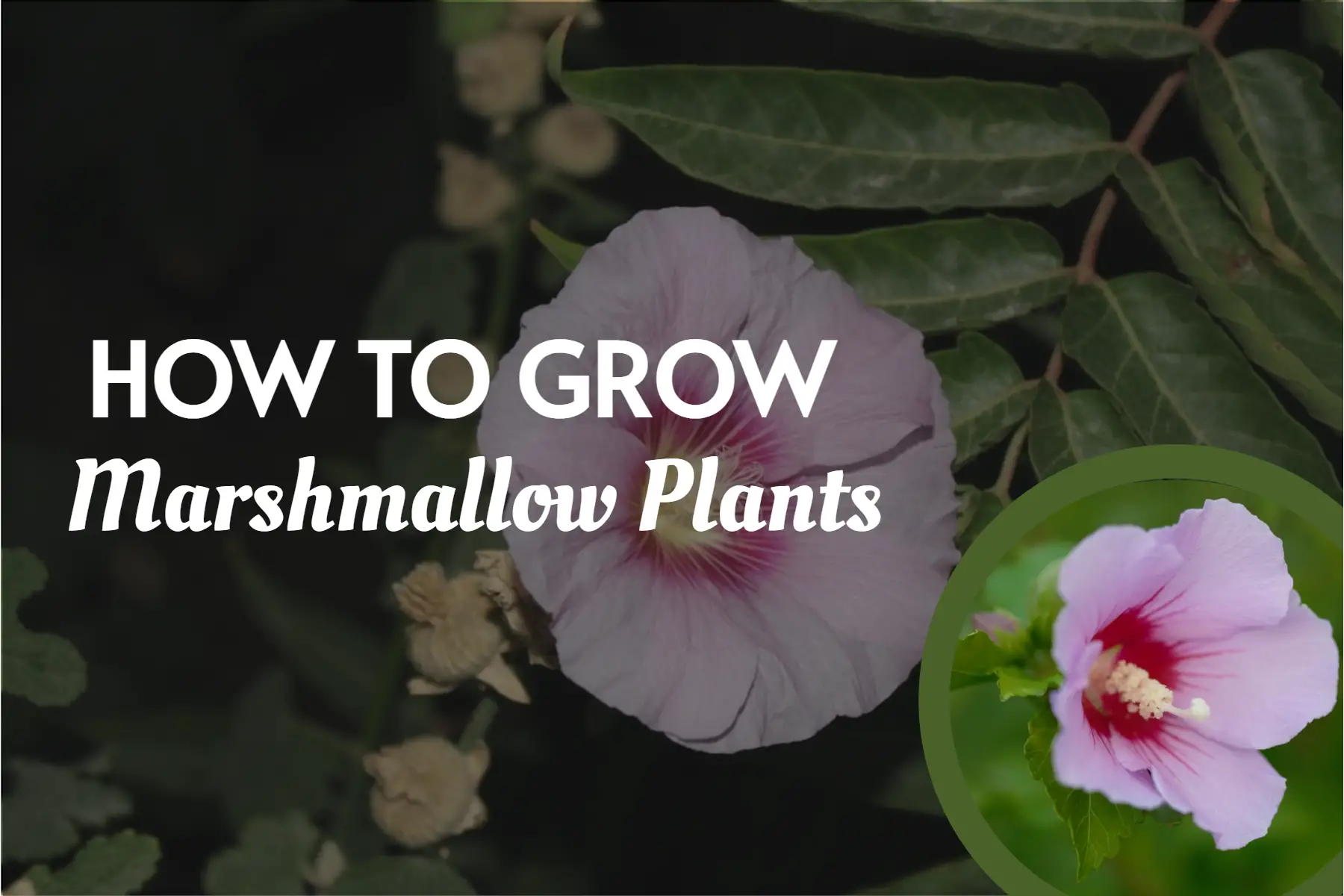Last Updated on August 17, 2023 by Real Men Sow
Marshmallow is a very easy herb to grow and has thrived in benign conditions. In a frenzy of nesting activity, I planted marshmallow seeds along with a dozen herbs right before my daughter was born.
Growing Marshmallow From Seed
It can be difficult to find marshmallow seeds, so only a few speciality seed companies sell them. Earthbeat Seeds is a Vermont-based seed company that sells many of my favourite, hard-to-find herb seeds, including marshmallow seeds.
Cold stratification is necessary for seeds to germinate. This means that the packets must be placed somewhere cold to simulate winter conditions. Do not skip cold stratification! If the seeds have been planted correctly, this can be done in the fridge or in the garden.
Cold Stratifying Marshmallow Seed
For good germination, Marshmallow seeds need cold stratification. They need to be kept moist and cool in order to replicate winter conditions. This stops the seeds from germinating in the fall and then being destroyed as small seedlings during winter. The seeds are informed by a little cold storage that winter is over and that it’s time for them to get to work.
You can start marshmallow seeds indoors by keeping them in moist conditions. For 3-4 weeks, you can store them on a moist towel or moist peat moss. They should be kept just moistened. The seed packet can be placed directly in the refrigerator without any preparation.
After the seeds have sat, you can start them in a moist mix with your other spring seedlings.
Direct Seeding Marshmallow Plants
You can also direct-seed marshmallow plants into your garden. If you live in an area with mild winters, it is possible to plant the seeds in late fall. They will germinate next spring. You can also plant the seeds in areas that have a long, cold winter.
Growing Marshmallow Plants From Root Divisions
You can also grow marshmallow plants by dividing an already healthy plant. You should divide them after the plant has been dormant. This is usually in the fall. It is also possible to divide marshmallow plants in the spring before the greens grow, although it may be harder to find the plants at this time.
Use a sharp knife to cut through the root mass. You can take one part of the roots and plant it elsewhere.
Growing Marshmallow Plants
No matter if you started them from seeds or root divisions – the care for them is the same. You should plant marshmallow plants in a moist area, with heavy soil. It is called “marshmallow” for a reason. It doesn’t like to grow in a swamp or underwater, but it does want moist soil. Make sure there is good drainage.
In a well-prepared perennial garden, plant marshmallow plants at a distance of about one foot. Mulch heavily during the first year to prevent weeds and retain moisture as the plants get established.
Your marshmallow herbs will be able to start well if you keep the weeds under control in their first year. Also, make sure that the soil is not too dry. They will become tall, vigorous plants later in life and can compete with perennials and weeds if the soil is moist.
General Care Guide
Light
Marshmallow plants require full sun. They do not thrive in the shade.
Soil
The marshmallow is true to its name. It loves wet, marshy areas. This plant is happy in areas with consistently moist soil and full sun.
Also, marshes have slightly acidic environments. You can also add compost and sand to your soil to create an acidic, moist-retaining sandy loam environment. These flowers don’t care about pH levels so don’t be too concerned about creating acidic soil conditions.
Water
Marshmallow plants need moisture. They won’t thrive if they aren’t planted in an area that is dry. They might not thrive in areas with standing water.
Plants require a steady level of moisture. It can also be beneficial to use moisture-retaining soil amendments like organic matter. You’ll be able to tell if your plants are healthy if they return year after year.
Temperature and Humidity
Marshmallows are tough plants that can survive in all climates and humidity levels. Although they are very cold-tolerant, they can die if temperatures drop below freezing. They will, however, reappear in spring.
Fertilizer
Marshmallow plants can grow in a variety of soils, and they can tolerate salty soil. It is not necessary to apply a special fertilizer to these plants, especially if the soil has already been amended with organic matter.
Pruning
Although it’s not necessary to prune marshmallow plants to avoid unwanted pests, it is a good idea.
Harvesting Marshmallow Root
You can harvest marshmallow root to make medicine in the second or third fall after it is planted. The roots can be harvested with a sharp spade in the fall after the plant has dried out but before the ground freezes. You can harvest the roots without harming the plant. However, it is possible to replant the crown after you have removed a portion of the root.
After thoroughly cleaning the roots, chop them into small pieces and dry them immediately. However, if you don’t want to wait for 2-3 years to get your marshmallow root from home, dried roots can be bought online.


